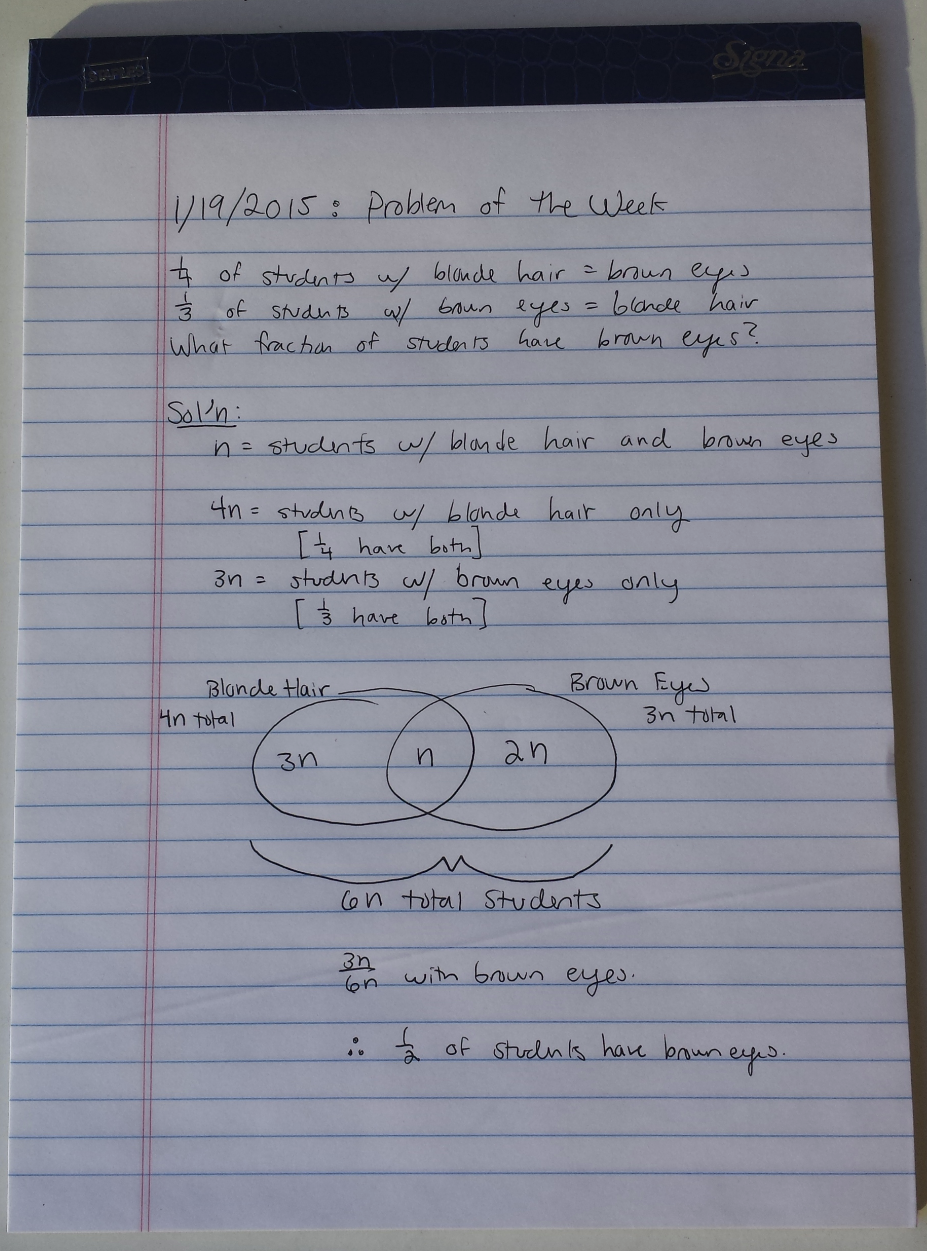Regular heptadecagon
image: commons.wikimedia.org
Euclid, the great mathematician who left us Elements and a base upon which to build modern geometry, never determined how to construct a regular seventeen-sided polygon before his death around 300 BCE. For more than 1,000 years after Euclid's death, mathematicians knew how to construct many regular n-gons, but the heptadecagon was elusive. That is, until a nineteen-year-old Gauss discovered a method to construct the polygon in 1796. He used only a straight-edge and compass, as Euclid would have done.
If you'd like to explore the numbers behind the construction, visit the explanation on this Wolfram page.
image: commons.wikimedia.org
It is incredible to consider Gauss' discoveries at this young age. For example, he invented modular arithmetic only about a week after the heptadecagon construction. Gauss continued to make mathematical discoveries until his death in 1855, but he always considered the constuction of a regular heptadecagon one of his greatest.











